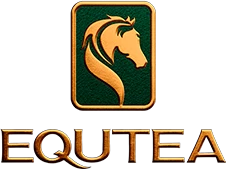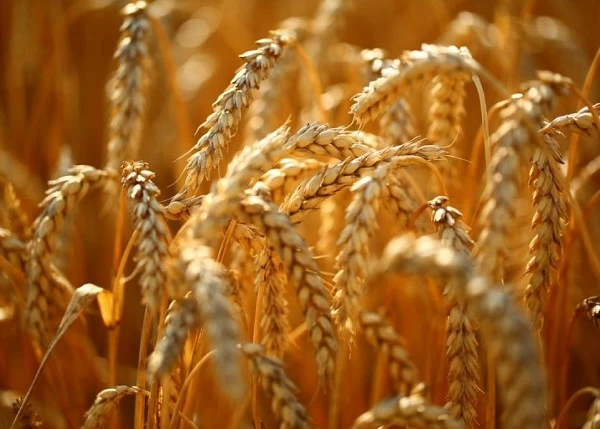COMPOSITION OF THE HORSE'S DIET (CONCENTRATES)
04/04/2024
Cereals:
Grains play an increasingly important role in a horse's ration as its energy requirements rise, particularly under the influence of work intensity.
Oats are the main cereal used by racehorse trainers in particular, as they are richer in crude cellulose. It is one of the most palatable cereals for horses. Barley is the compromise cereal. It has intermediate energy and nitrogen values between those of oats and maize. It is often fed as grain. Maize is rich in energy, as is wheat, but the latter is more rarely used as a concentrated feed for horses because it is very rich in energy and expensive. Nevertheless, wheat bran is often added to a horse's ration as a high-fibre food source. It is often incorporated into compound feeds.
Cereals can be fed whole or flattened, the latter allowing the horse to make better use of very hard cereals.
Cakes:
Oilcakes are feeds that provide both a lot of energy (from 0.52 to 0.91 CFU/kg gross) and protein (from 83 to 461g MADC/kg gross). Protein deficiencies are rare in horses, but these feeds can be used to balance rations.


